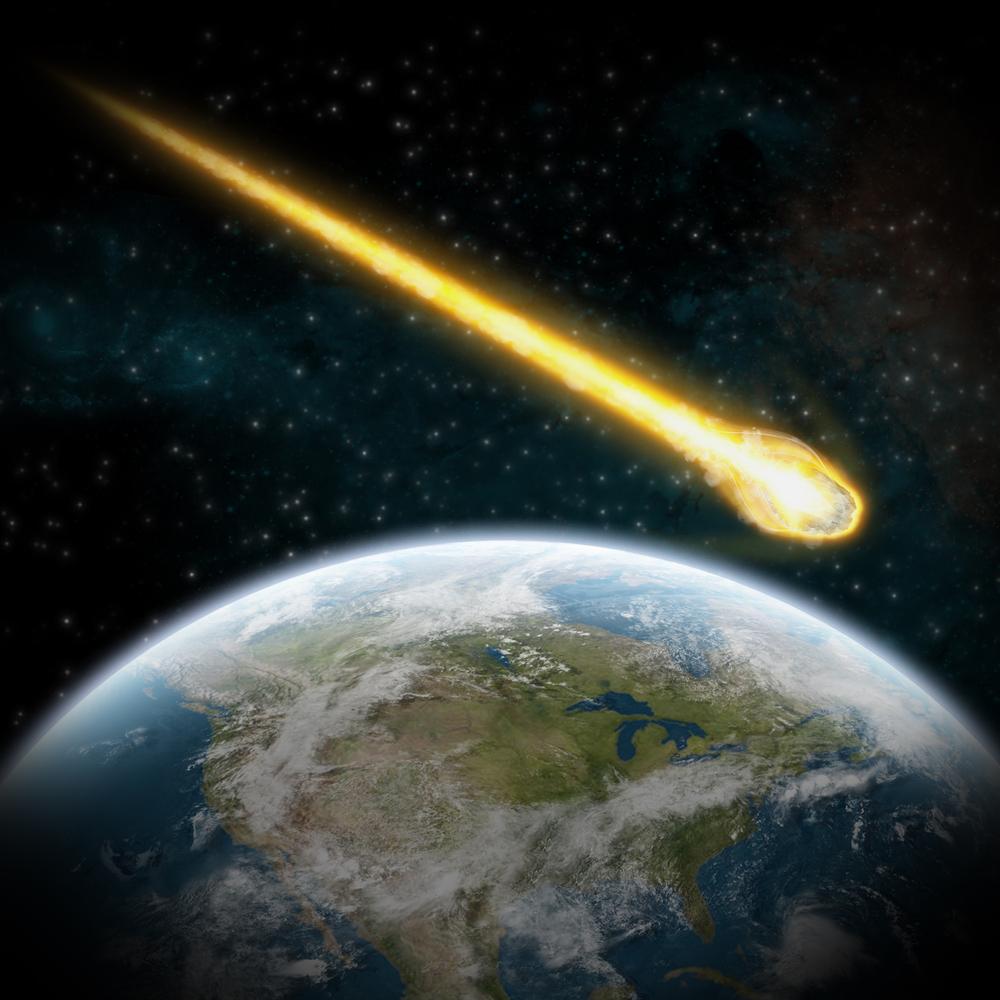
Scientists believe they have located organic matter that is extraterrestrial in origin, in 3.3 billion year old rocks in the Makhonjwa Mountains in South Africa. This offers support to the theory that organic chemicals from space arrived on our planet aboard a meteorite and created the building blocks for the first development on life.
Geologists investigated a region of the Makhonjwa Mountains called the Josefdal Chert, which contains a large deposit of ancient volcanic rock. The rock formed in layers, and beneath the surface are carbon-filled layers from which the researchers collected samples. They analyzed the samples using a technique called Electron paramagnetic resonance spectroscopy (EPR) which studies the spins of electrons to figure out the origin of the organic matter. The findings showed similar signals to those seen in meteorites containing carbon, suggest that some of the material originated from outside of Earth.
It’s actually expected to find materials on Earth that originate elsewhere, due to meteorites both large and small which impact Earth carrying organic carbon molecules. But the challenge for scientists is to puzzle out the origins of this ancient organic matter, which is hard as the sediment in which the organics are buried changes over time and any organic matter is fossilized.
“Many researchers believe that extraterrestrial input on early earth may have provided abundant sources of organic precursors for the emergency of life [approximately 3.5 to 3.8 billion years] ago,” the lead author of the paper, Didier Gourier of the Institut de Recherche de Chimie de Paris, wrote in a description of the group’s work last year.
“However, so far there is no direct evidence of such extraterrestrial organic supply because the organic matter buried in solidified sediments of primitive seas has undergone important modifications (temperature, pressure, time) giving a fossilized carbonaceous material… As a result, although carbonaceous matter is easy to detect in very old sedimentary rocks… its origin is much more difficult to determine.”
Now this first piece of evidence has arrived, and we get a glimpse of how conditions on our planet might have been billions of years ago.
The research is published in the journal Geochimica et Cosmochimica Acta.



